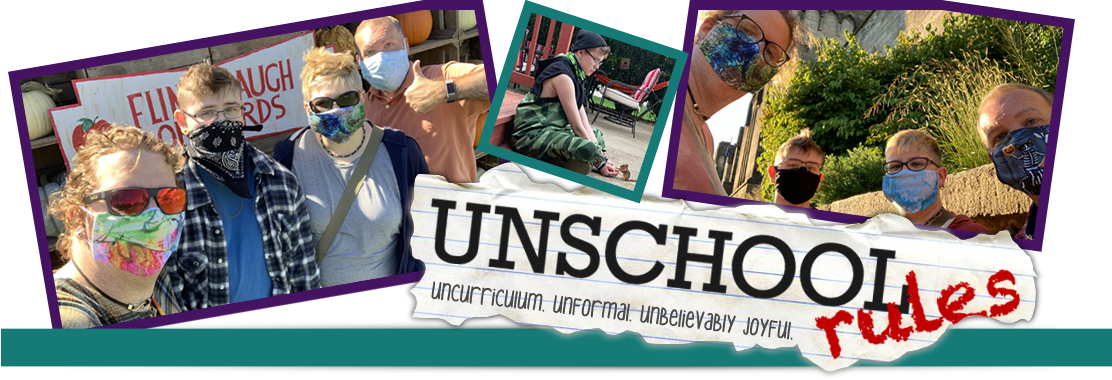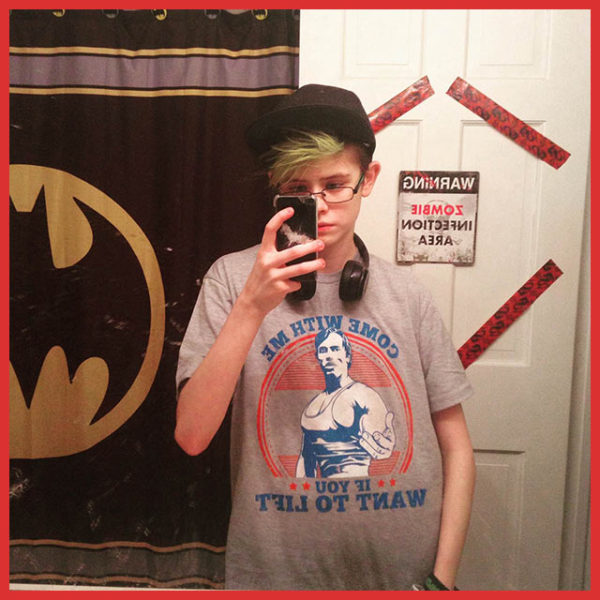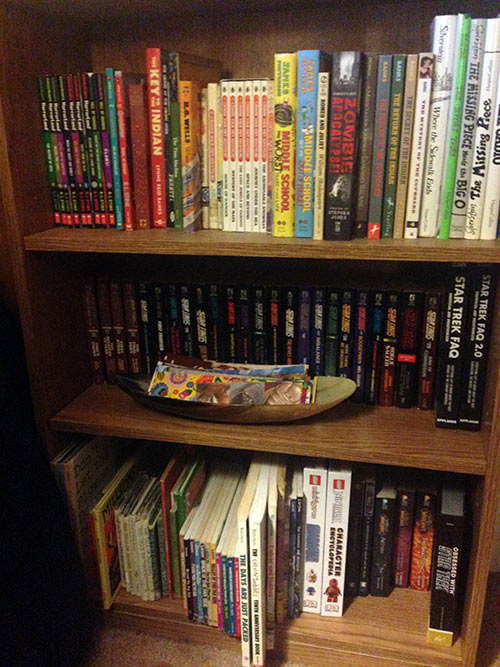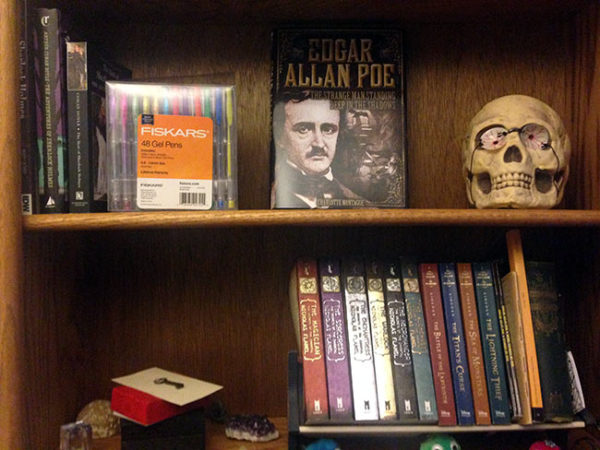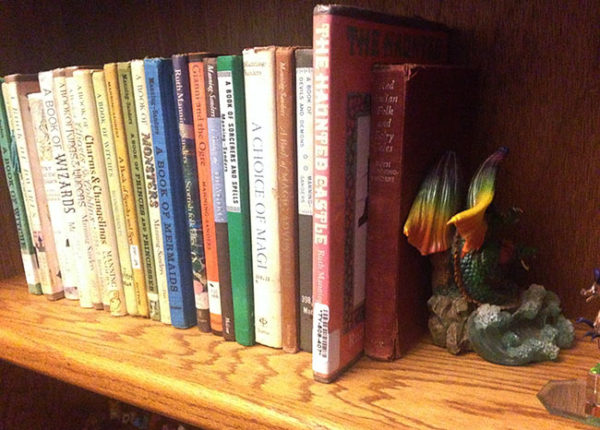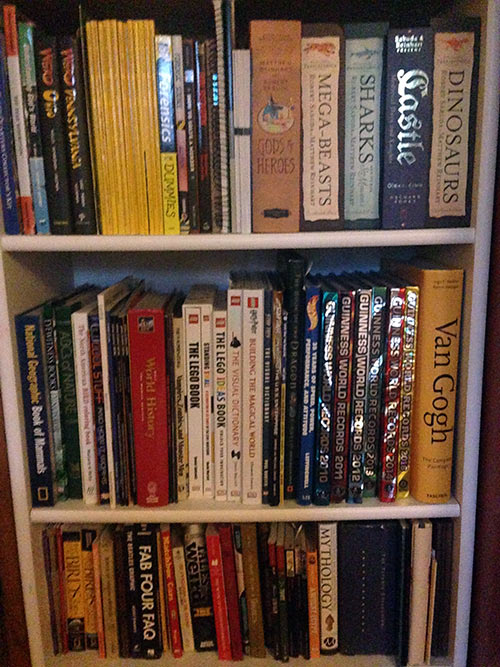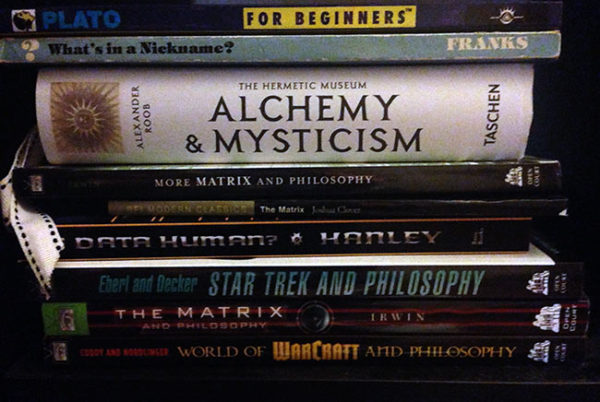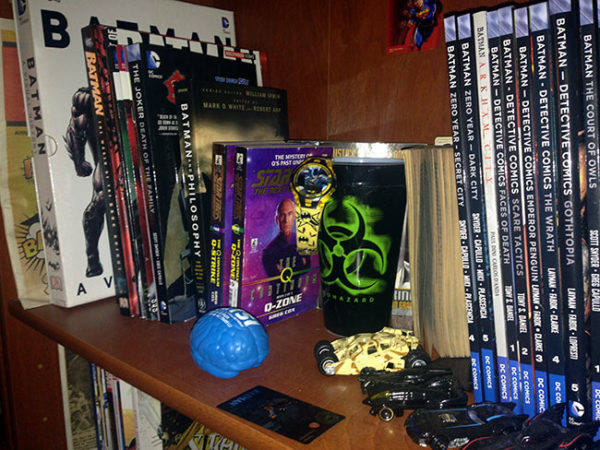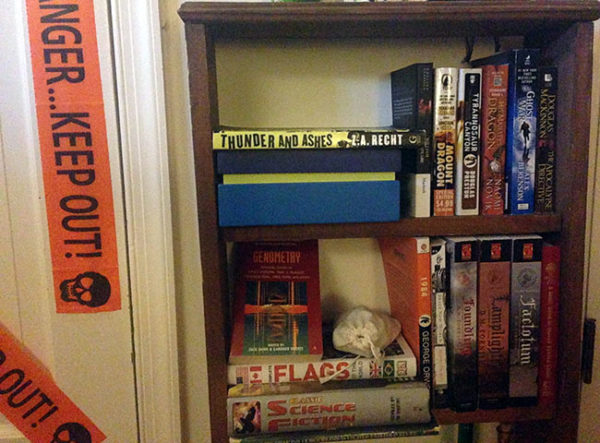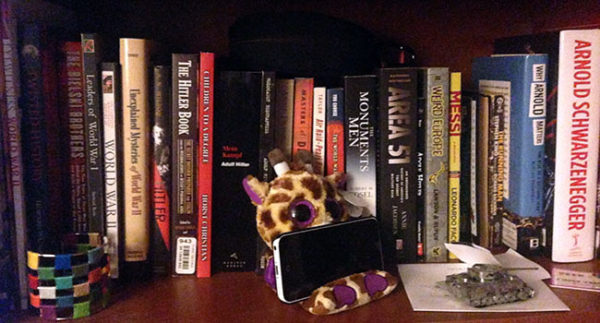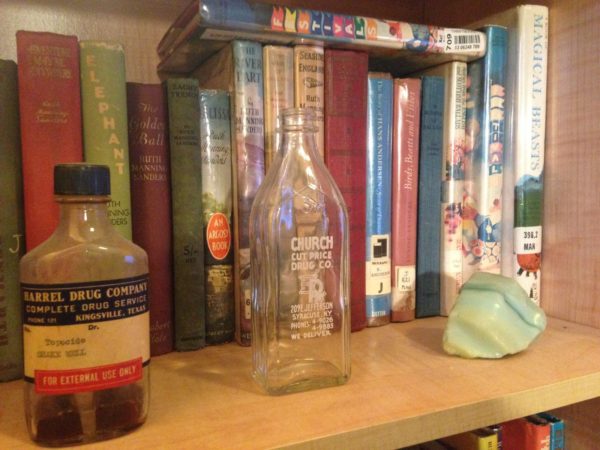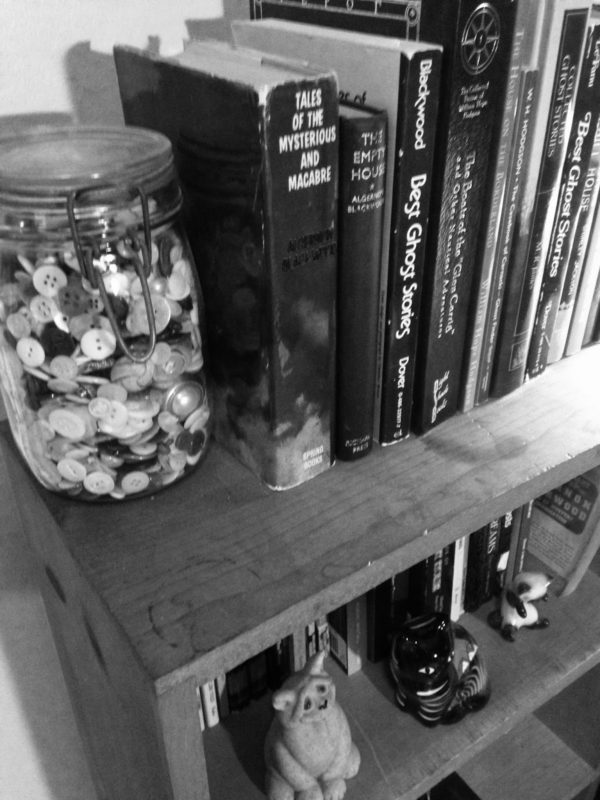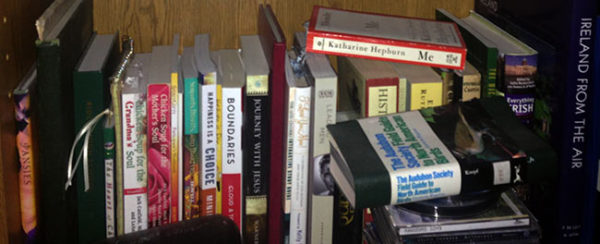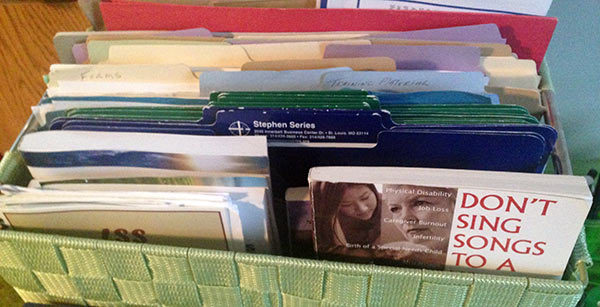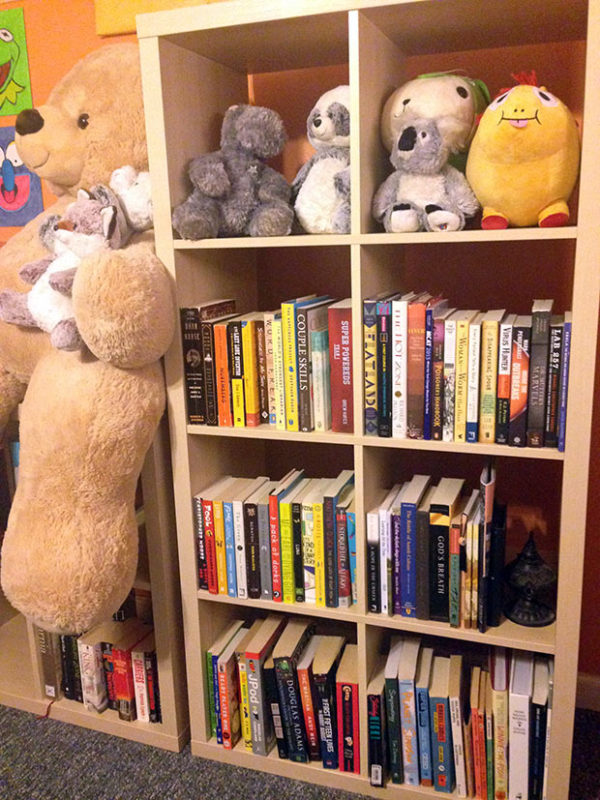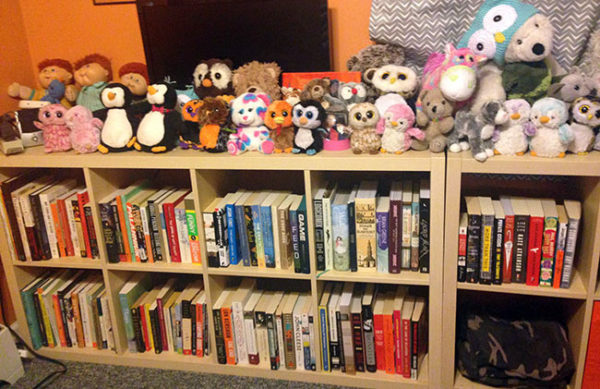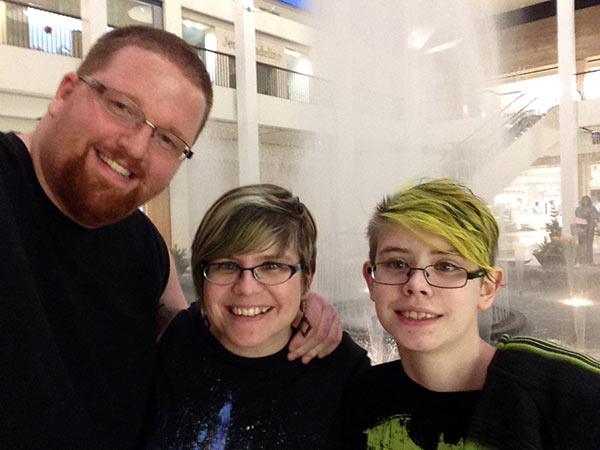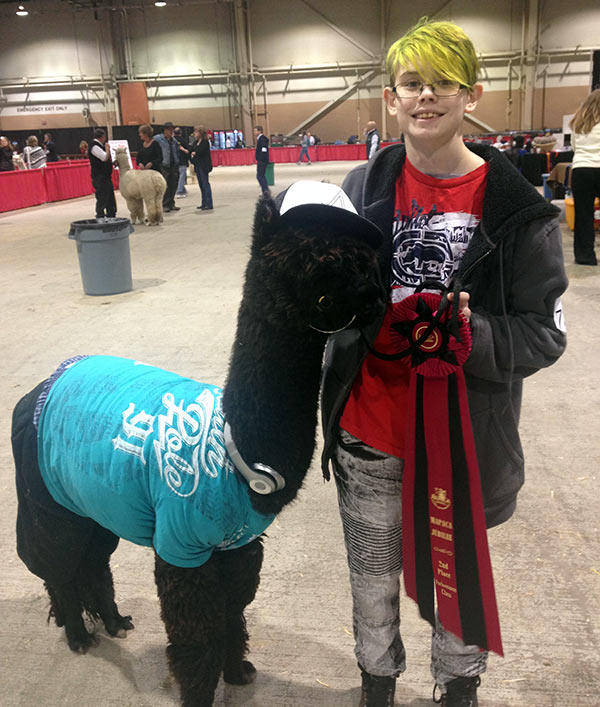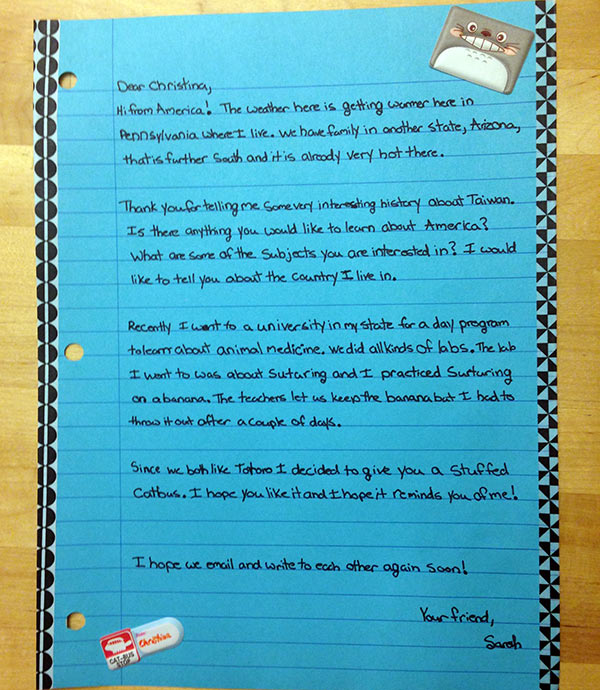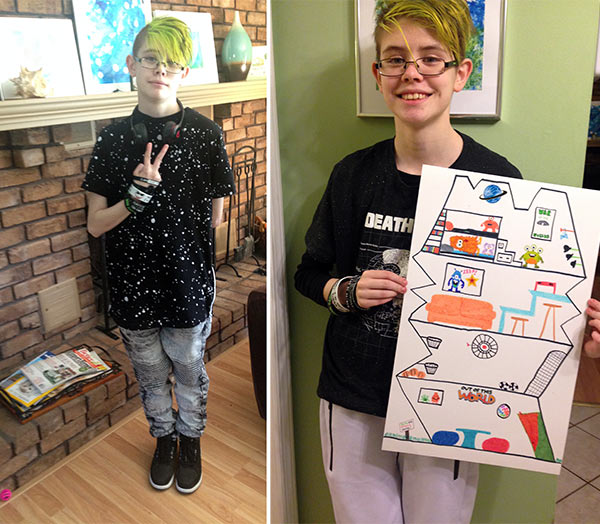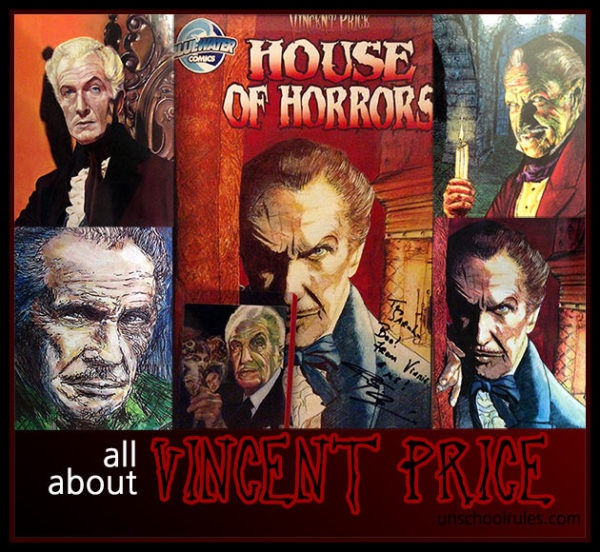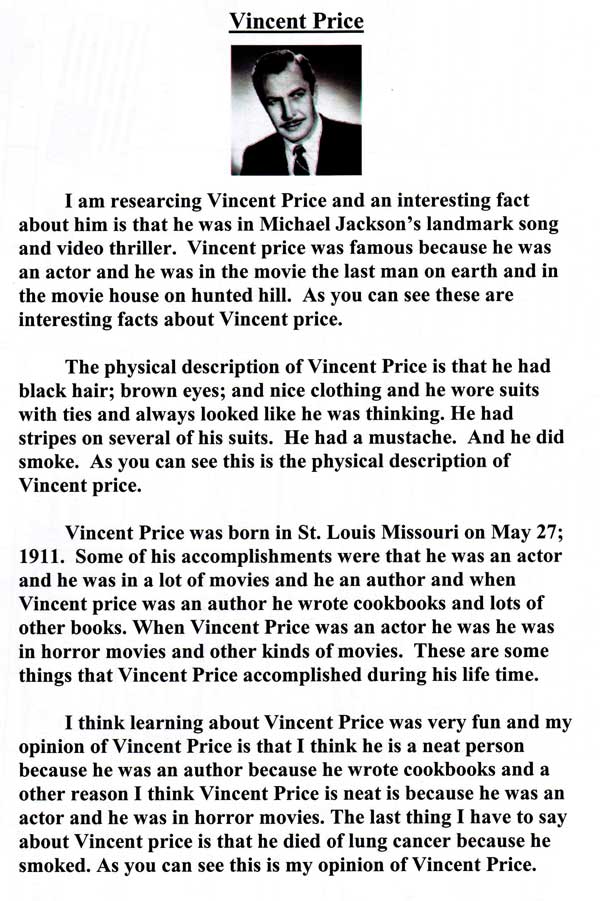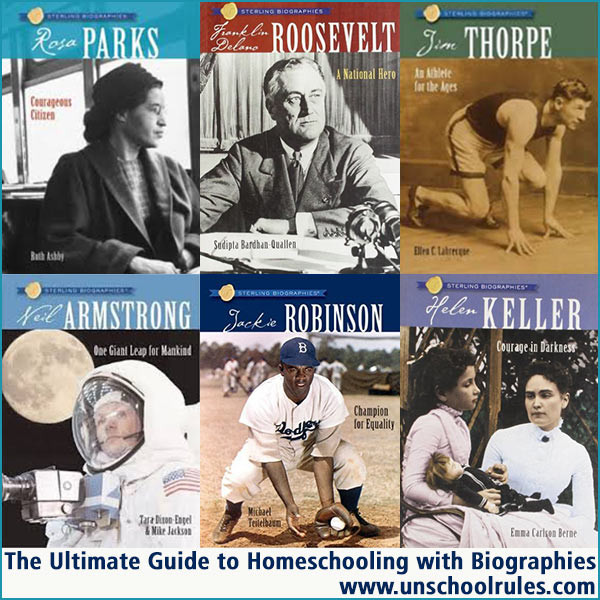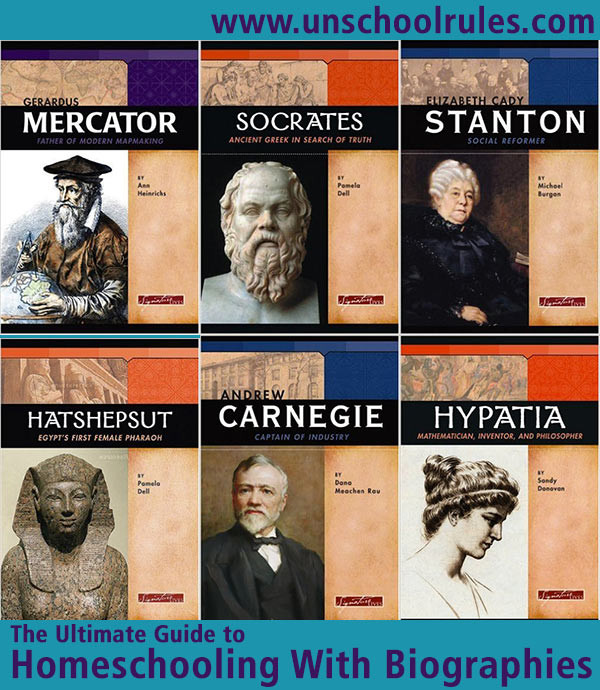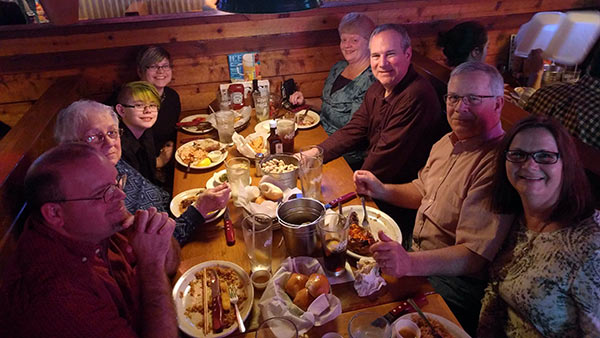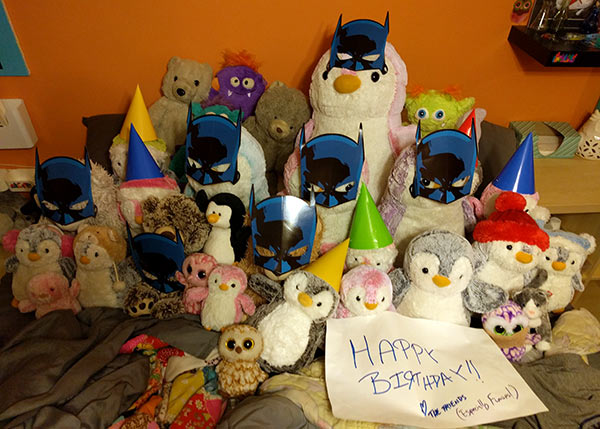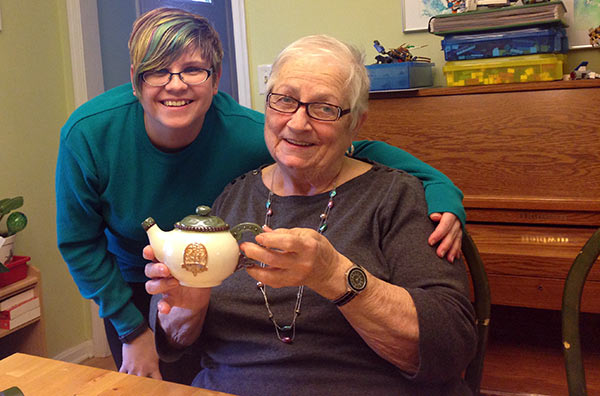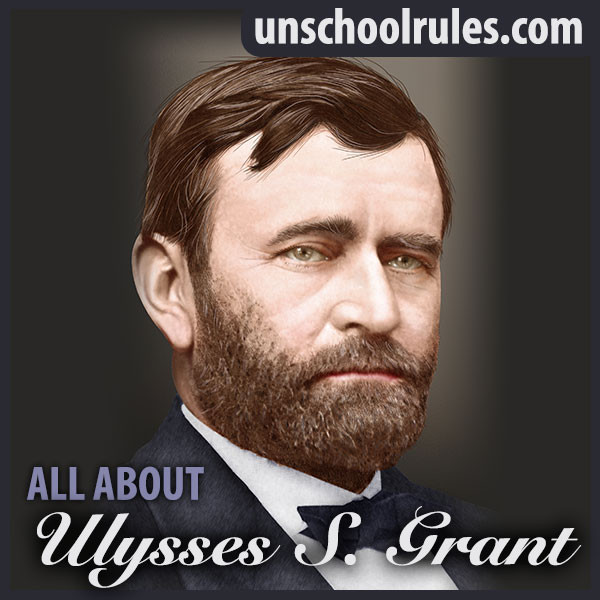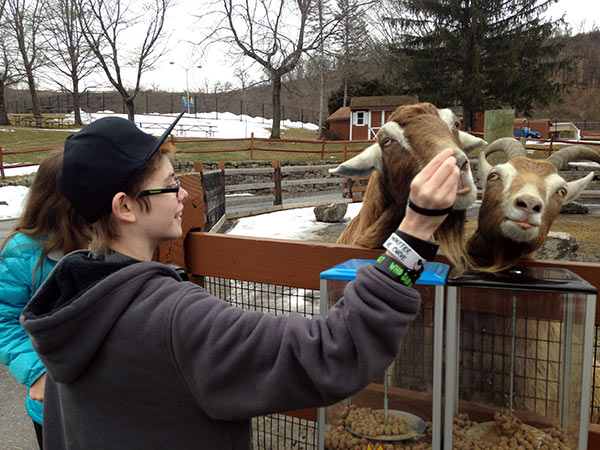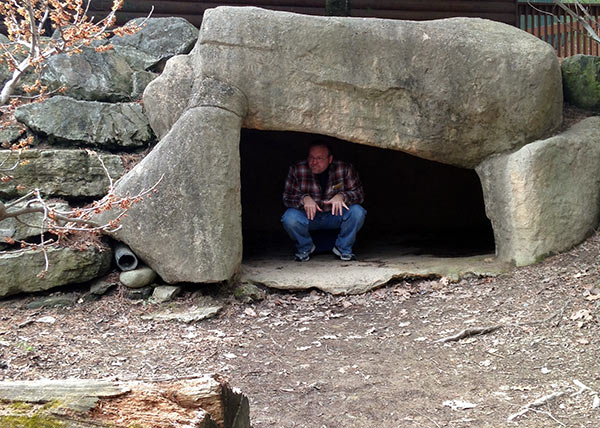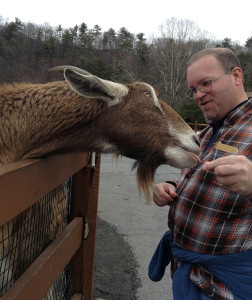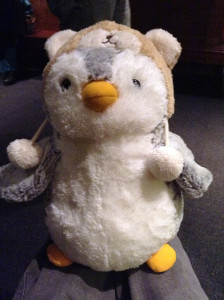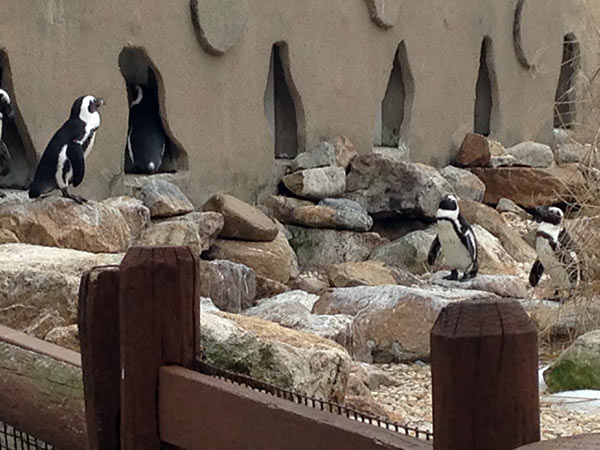I’ve participated in the iHomeschool Network’s celebration of famous people’s birthdays for several years. Generally, Ashar helps me pick the famous people we’ll feature, and I give a quick overview of their lives and accomplishments and discuss some of the topics we’ve discussed about them.
Today’s post is a little bit different, and I’d like to explain a bit more about what we’re sharing and why.
In the past couple of years, Ashar has become incredibly interested in World War II history. She’s also done a lot of reading on philosophy and psychology. With those interests combined, it begins to make sense that she had a lot of questions about Adolf Hitler. Most interestingly to me, Ashar has done a lot of reading to try to answer a question that I don’t think will ever be answered – Why did Hitler kill the Jews?
She also had a lot of questions about Hitler as a person. Who were his parents? What was he like when he was younger? Was he depressed or mentally ill? These are great questions. And as I tried to help her answer them, or at least find out more, I realized something: There were very few resources designed to give younger readers (say, mid-teen and below) any background about Hitler beyond his direct role in the Holocaust.
That surprised me. As I read and explored more, some themes came out. Some people felt that this wasn’t a subject to be “glorified” in biography. Others felt that just the basics were enough for younger learners, who might be too sensitive to go further. Yet others claimed there just wasn’t anything of interest to know beyond the Holocaust and the Nazi regime.
I can absolutely understand all of those points of view. And yet, as a mother, I had this unsettling question in my head. “What did it feel like to be Hitler’s mom?” A terrible thing to wonder, right? But I couldn’t shake the idea that all of the worst figures in history, the Hitlers and Jack the Rippers and Genghis Khans and so on – before they were what they were remembered for, they were each someone’s child. What must they have been like as toddlers?
That’s a hard thought to have, and a harder one to discuss. But since talking about things is how we learn in our family, Ashar and I, as well as the rest of our crew, have been tackling these hard issues one by one. We’ve done a lot of reading and watching, and we’ve found some good resources that I think help get at what have been some of the hardest questions Ashar’s ever posed to me on mental illness, war, racial and ethnic violence and more.
So, as part of this month’s iHomeschool Network birthday series, we’ve gathered together some fairly detailed information, as well as some of the resources I mentioned earlier. I tapped my boyfriend, Kaitlyn, who has a history degree, to help tell the story accurately and at a middle-grade level. Kaitlyn also helped go beyond the biographical facts and explore some of the big questions about Hitler’s life and legacy. I hope you’ll find it helpful in answering your children’s questions (and maybe your own).
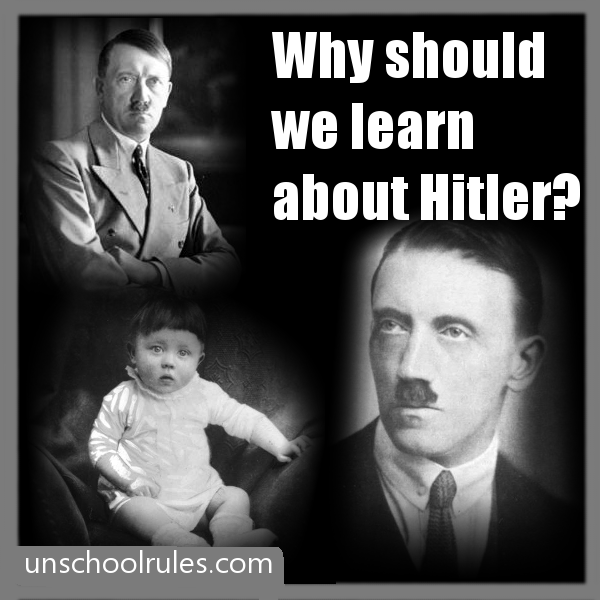
Adolf Hitler’s early life
Adolf Hitler was born April 20, 1889, in Austria. He was the fourth of sixth children, though his older siblings all died in infancy. Growing up, Hitler wanted to be an artist, though his father sent him to a technical school instead. In his autobiography, Hitler wrote that he did poorly in school on purpose, with the hope that it would convince his father to let him pursue his passion in the arts. His father’s death in 1903 convinced his mother to allow him to drop out, and he enrolled in a different school, where his work and attitude improved.
Disclosure: This post has some affiliate links. I only link to things we legitimately use and recommend, so if you see such a link, it's because we really do believe in the book or item!
After graduating in 1905, Hitler lived in Vienna, financed by orphan’s benefits and money from his mother. He worked as a manual laborer and painter, selling watercolors of Vienna. He was rejected twice from the Academy of Fine Arts Vienna, and after his mother’s death in 1907, Hitler ran out of money and became homeless.
Hitler got the final remains of his father’s estate in 1913 and moved to Munich. When the war broke out in 1914, he volunteered to serve in the Bavarian Army. He served as a dispatch runner on the Western Front, was present for several battles and was wounded in the Battle of the Somme. By all accounts, Hitler served with bravery, was wounded several times and eventually found himself temporarily blinded in a mustard gas attack in 1918. While in the hospital, he learned of Germany’s defeat on Nov. 11, 1918.
Hitler’s post-war struggles
The end of World War I is where Hitler the political leader starts to emerge. He saw Germany’s surrender as humiliating, reasoning that since the Germany army had never been defeated in the field, the political leaders had “backstabbed” the army and the German people. He also saw the Allied demands — the Allies blamed Germany for the war, and forced the country to repay the equivalent of $12.5 billion ($165 billion in today’s dollars), as well as give up territories and demilitarize a region known as the Rhineland, on the German border in an agreement known as the Treaty of Versailles — as outrageous.
After the war, with no other prospects, Hitler remained in the Army in Munich. In 1919, he was assigned to infiltrate a political party called the German Workers’ Party. Rather than spy on them, Hitler was attracted to their ideals and, in September, joined them after the party leader noted his public speaking skills. In 1920, after the party had changed its name to the National Socialist Germany Workers Party (this is where we get “Nazi” from), Hitler left the army to work for the party full-time.
Hitler rose through party ranks, eventually orchestrating a takeover in 1921 that left him with absolute powers as party chairman. He began speaking in beer halls, talking about populist themes, identifying scapegoats and using personal magnetism to win over crowds. Using a political strategy that had worked in Italy, Hitler attempted what is known as the “Beer Hall Putsch” in 1923 when he tried announcing a national revolution had begun, and tried to enlist the support of the police and military. Neither came to his side, and after occupying the local town hall and police stations, his revolution was quickly put down when he and his supporters marched on the War Ministry, where many were arrested.
He was tried for treason in 1924, and sentenced to five years in prison. He was pardoned after serving just over a year, but used the time to dictate the first volume of his autobiography, Mein Kampf. For the next few years Hitler’s taste for power found little to bite into, as the German economy improved and the German people less hungry for change. Ironically, the stock market crash of 1929 and the onset of the Great Depression would prove to be the best thing that ever happened to him.
Hitler’s rise to political power
Eight years after being released from prison (where he was staying on a conviction of treason), Adolf Hitler was a candidate for the presidency of Germany.
Germany only became a democracy at the end of the first World War — for the 50 years prior, it had been an empire. As a result, Germans were still unsure about their representatives and the government as a whole. This came to a head following the beginning of the Great Depression, when the government instituted a policy of spending as little as possible (because Great Depression). Germans began to listen more to extremists who blamed Germany’s woes on lamost everything except Germans.
The popularity of the Nazis grew, and in 1932 Hitler came in second in the presidential election, with 35 percent of the vote. The Nazi ideology believed that the Germanic People (a group that also included most of Northern Europe and the UK) were genetically superior to all other races, and therefore should rule the world, while expelling everyone else (whether that expulsion resulted or required their death was left to the individual party member). The Nazis were also very antisemitic, in that they believed people of Jewish descent were “parasites” because they had no home country of their own, and just leeched off of every other country. Thus they used the Jewish people scapegoats whom they could blame for all of Germany’s ailments.
The way Germany’s political system worked at the time, there were two grand offices: President and Chancellor. The President was the head of the military, and could bypass Parliament in cases of emergency. The Chancellor headed up the president’s senior-most advisors, the Cabinet, and thus had strong sway in decision-making. After Hitler’s second-place finish for the presidency, some of his supporters convinced the president, Paul von Hindenburg, to appoint Hitler as chancellor.
The Nazis did not win a majority in the Reichstag (essentially Germany’s Congress) in the 1932 elections, and Hitler continued to try to up the vote count. Re-elections were scheduled for March 1933, but on Feb. 27 the Reichstag building was set on fire. At Hitler’s urging, Hindenburg passed a law suspending basic rights and allowing police to arrest people without trial. After the elections, the Nazis held the largest number of seats in the Reichstag. Before the month was out, the Nazis pushed through a law that allowed the chancellor (Hitler) to create any laws he wanted for four years.
By July 1933, the Nazi party was the only legal political party in Germany. Hitler began showing his ruthless side, purging the leadership of the group of people he hired as essentially roving mobs of thugs (the SA) by murdering most of them in the “Night of Long Knives.” In August of 1934, Hindenburg died, and Hitler responded by merging the offices of chancellor and president, giving himself essentially unchecked power in Germany.
Prelude to war
In 1933, Germany withdrew from the League of Nations. In 1935, Hitler deliberately flouted the rules established by the Versailles Treaty by increasing the size of the army, air force and navy.
At the same time, he began to systematically exclude people he considered to be unworthy (including the Romani [typically referred as gypsies], Jewish people, gay people, handicapped people, people with mental disabilities, and generally anyone who disagreed with the Nazis). Jewish people were forced to sell their businesses (often for little or no money), leave their homes, quit their jobs, and were even attacked by the SA, the (at the time) German equivalent of the National Guard.
As early as 1936, Hitler had his advisers preparing for war no later than 1940. In 1938, Germany signed an alliance with Japan, and a month later declared that Austria was “reunited” with Germany. He also turned his attention to territories that had been given up in World War I. In September, the Allies (though not yet called that), wanting to avoid another world war, agreed to peacefully give up most of Czechoslovakia in exchange for Hitler agreeing to go no further. On Sept. 30, 1938, Hitler signed a peace treaty with the UK.
On Sept. 1, 1939, the first German tank rolled over the border into Poland, signaling the start of World War II. Because of several alliances between different nations, France, Great Britain, China, Australia, Canada, New Zealand and South Africa declared war on Germany, Italy and Japan.
Another World War
The Germany army rolled through several European nations in a matter of months; by June 1940, Germany controlled Poland, Denmark, Norway, France, Luxembourg, the Netherlands and Belgium. In 1939, Hitler had secretly agreed with the leader of the Soviet Union, Josef Stalin, that the two would equally divide Poland and not attack each other. Hitler’s ultimate goal was world conquest, though for the most part he set his sights on control of the entirety of Europe.
As an international leader, he regularly made and broke treaties as it suited him. In addition to the British peace agreement, he violated the Soviet nonaggression pact in June 1941 when Germany invaded the Soviet Union.
Hitler also oversaw direct military strategy for most of the war. He is thus given credit for the “blitzkrieg” strategy that won Germany most of Europe (amassing lots of tanks, planes and soldiers and plowing through countries while they’re still unprepared) as well the blame for attacking the Soviet Union. Attacking the Soviets was unwise because a) the Soviet Union is a massive territory, which stretches both supplies and troops, and b) because it meant Germany had to fight a two-front war: The Allies to the West and the Soviet Union to the East. This meant that all provisions, men, vehicles and ammunition had to be split in two, weakening both fronts.
Hitler’s Germany also saw some of the biggest advances in rocketry in decades. Under the direction of Wernher von Braun (who would later head up rocketry at NASA through the Apollo missions), the Nazis created several ballistic missiles, including the V-2. The Nazis launched thousands of the missiles at England and Belgium, with the hopes of influencing the war, “punishing” their enemies and give hope to Germans with a “miracle weapon.”
When Japan bombed Pearl Harbor on Dec. 7, 1941, the United States declared war on Japan the next day. Three days later, Hitler declared war on the US. In November 1942, the United States entered the war in Europe. With the United States’ fresh supply of ammunition, weaponry, vehicles and men, the Allies slowly started the struggle of pushing the Germans back into Germany.
As the Allies fought their way to Berlin, Hitler knew the war was likely lost. In April 1945, he convinced himself that Germany’s military failures forfeited the country’s “right” to survive as a nation, and so ordered the destruction of all German industrial infrastructure (this order was disobeyed by his subordinate).
On April 30, 1945, with Soviet troops within a block or two of his home, Hitler shot himself in the head with a pistol.
Civilian policies
Hitler’s notoriety primarily stems from his domestic policies (including the areas he conquered). As early as 1933, the Nazis constructed what they called concentration camps in Germany, where they regularly sent political opponents to be tortured and imprisoned. In 1934, the SS (secret police) took control of the camps, and they started to round up all of the Nazi “undesirables” (Jewish people, criminals, gay people, those with disabilities, and so on).
As Germany marched across Europe, the Nazis set up these concentration camps in territories where they conquered. Millions of people found themselves captive in these camps, and as the war went on they received smaller amounts of food, clothing and basic hygiene.
In addition to the concentration camps, the Nazis also set up ghettos in many large cities in Poland. Jewish people were forcibly relocated to these areas, where they were walled off and often patrolled by guards, packed into an area far smaller than humans need, and left to die from disease, lack of food, poor sanitation and exhaustion. At least 1,000 ghettos were established, and as many as 100,000 Jews died in the Warsaw ghetto alone from 1940-42.
But the worst horror of all was the Holocaust, a systemic program designed to murder the entire European Jewish population, in addition to as many “undesirables” as could be rounded up. It began with small roving “death squads,” composed of either SS soldiers, who used several methods (mass shootings, or feeding the exhaust into a sealed van full of victims) to murder more than 2 million people.
It is widely accepted among historians that Hitler gave direct orders to his subordinates to murder all the Jews in German-held lands. In accordance with these wishes, on January 20, 1942, 15 high-ranking Nazis convened the Wannsee Conference, where it was decided that the “Final Solution” to the “Jewish Problem” would be the annihilation of all Jewish people in all major countries, including the UK and the US.
To further these ends, the Nazis constructed at least seven major “extermination camps,” whose sole purpose was to murder those sent to it. Many people died in the regular concentration camps, as well as prison labor camps that the Nazis set up in the lands they controlled, but only the extermination camps were built around the singular purpose of ending human life.
The human cost
In all, 6 million Jewish people were murdered throughout the reign of the Nazis, including 1.5 million children. Additionally, 1.8 to 1.9 million ethnic Polish people, 3.1 million prisoners of war, 200,000 handicapped people, at least 1.5 million Russians, 1,000 to 2,000 Roman Catholic clergy, 1,000 Jehovah’s Witnesses and 300,000 Serbian civilians were killed under Nazi rule (this number includes direct executions, people killed in concentration camps, and through programs such as the Nazi Hunger Plan, which prioritized food for Germans in occupied territories over the people who lived there).
Those numbers are just the civilian population (excluding POWs). The total death count from World War II stands at 21-25 million soldiers. Some of them were American, some German, some Irish, some Japanese, some Australian … the list goes on. This is not to say that the Nazis or the Germans killed 25 million soldiers themselves, but rather to point that as a result of the war initiated by Hitler, more than 60 million people died.
Read more about Adolf Hitler and the Holocaust
- Wikipedia’s Hitler page: Just keep clicking the links in the text — you could spend literally hours exhausting all the information.
- Hitler in Color: Rare video footage of Nazi Germany and Hitler in color. For everyone’s sake, avoid the comments like the plague, as is customary on YouTube videos. (Warning: There are graphic historical images, such as suffering victims in ghettos and concentration camps.)
- Paula Hitler: The Wikipedia article on Adolf Hitler’s only surviving sibling.
- Ethics of Using Medical Data from Nazi Experiments: This is a really dry ethics paper, but it’s got lots of interesting information for the last discussion question we pose today.
- The Holocaust – An Introduction (I): Nazi Germany: Ideology, The Jews and the World: This is a Coursera course, this first in a two-part series, that Ashar is currently taking. It’s led by Tel Aviv University and Yad Vashem, the World Center for Holocaust Research.
- Hardcore History – Logical Insanity: Hardcore History is a great history podcast in general, and though this isn’t Hitler/Holocaust-specific, it does a masterful job of explaining the context of war at the time and gets into the general theme of the second discussion question.
Books and movies about Adolf Hitler and the Holocaust
- Adolf Hitler: Wicked History series: This biography of Hitler is targeted at maybe late middle-schoolers and up, and is a great overview of his life and ideologies. It was the first book on Hitler and the Holocaust that we were able to find written at Ashar’s level.
- Adolf Hitler: Dictator of Nazi Germany: This is part of the Signature Biographies series, one of a few series of biographies for younger and middle-grade readers we’ve used heavily.
- The Life and Death of Adolf Hitler: One of the few books available for young readers, this is a thorough introduction to Hitler.
- Hitler: A Biography: Ian Kershaw is the undisputed authority on Adolf Hitler. He’s written more than a dozen books on the Nazis, and this is his most accessible single-volume edition. (Though it clocks in at 1000+ pages! And you thought this was wordy.)
- Hitler’s Charisma: Leading Millions Into the Abyss: A deep dive on the personality of Hitler, and how it served him.
- Nazis: A Warning From History: A BBC documentary on how the Nazis were able to rise to power in Germany.
- Number the Stars: This classic by Lois Lowry tells the story of 10-year-old Annemarie Johansen, a girl in Denmark whose family decides to conceal her Jewish best friend, Ellen Rosen, from the Nazis.
- Night: In this book, Holocaust surviver Elie Weisel shares the story of his teen years in a Nazi concentration camp. I read this in high school and am actually rereading it now as we discuss World War II further.
- Anne Frank: The Diary of a Young Girl: Ashar is reading both this book and excerpts from Hitler’s Mein Kampf as part of an effort to understand the Holocaust from primary sources. This is probably the most obvious “required reading” about the Holocaust.
Ideas for discussion
- Should we study Hitler at all? Hitler was without a doubt responsible for one of the largest numbers of human deaths in history. Why should we learn about him? Is there anything of value to be gained? This is a tremendously difficult question that probably has no answer. Another, related question if the answer is no: What other historical things should not be studied? What’s the line where it becomes “too bad” or “too evil” to learn about?
- Is it ever OK to target civilians? The Holocaust was the systematic genocide of the Jewish people, in addition to the millions of other “undesirables.” They were not military members, in the fight; they were civilians, just living their own lives. Similarly, Hitler’s rockets were trying to have a military impact, but were so inaccurate there was no question of civilian casualties. But what of the Allies? The dropping of atomic bombs on Nagasaki and Hiroshima killed 85,000 to 100,000 civilians. The firebombing of Dresden from Feb. 13 to 15, 1945, killed 25,000, and the Tokyo firebombing on March 9 and 10, 1945, killed 100,000 non-military citizens. Obviously the Nazi numbers were much larger, but when is it considered acceptable for large numbers of civilians to die?
- Can any good come from evil? It’s fairly unquestioned at this point that the Nazis (and Adolf Hitler) were evil men who committed atrocities. And yet, from the team that made the V-2 rocket (and did the accompanying research) came the Saturn rockets, which 20 years later would put Neil Armstrong and Buzz Aldrin on the moon. Additionally, there were many doctors high-up in the Nazi hierarchy who performed absolutely horrific experiments on unwilling human subjects … but yielded possibly important data. As a sample, the University of Minnesota of Medicine at Duluth has a Hypothermia Lab, where the director was trying to figure out the best way to rewarm people who were rescued from freezing water. When considering that question, researchers found that at the Dachau concentration camp, a doctor performed a series of experiments where they actually left prisoners in vats of ice-water for hours at a time. They also attempted to rewarm them, and the Duluth doctor discovered an innovative “Rapid Active Rewarming” technique. This knowledge was not known because the report was suppressed for years, and the director was finally able to obtain a copy of it. When he tried to republish the data in the New England Journal of Medicine, the journal’s editor vetoed it. How should the origins of data and research affect its use?
See more unit studies
If you’re interested, there are many more “April birthday” lessons from my fellow iHomeschool Network bloggers. Click the image below to check them out!

And thanks for stopping by to learn more about one of history’s most infamous figures.
You can check out more posts in our Learning Party series here!
More great history resources
 This post is part of the iHomeschool Network Massive Guide to Homeschooling History.
This post is part of the iHomeschool Network Massive Guide to Homeschooling History.
Make sure to check it out for tons of other great history resources, including links to a dozen more Unschool Rules posts!



